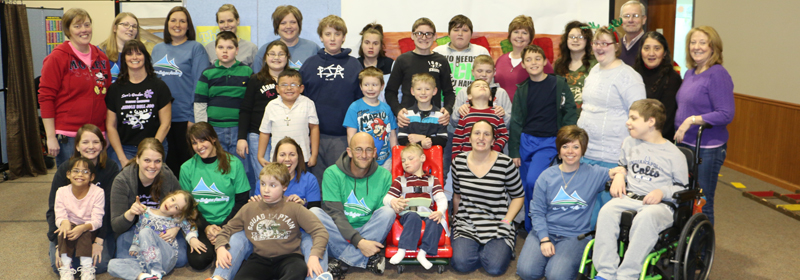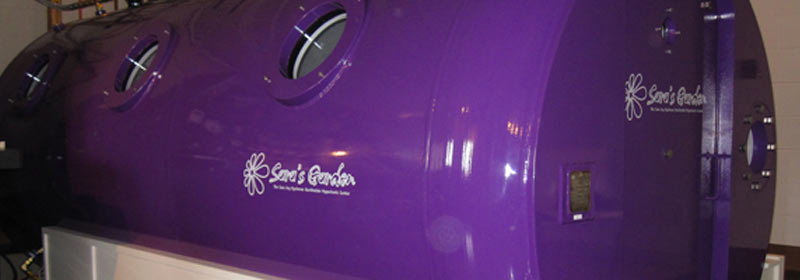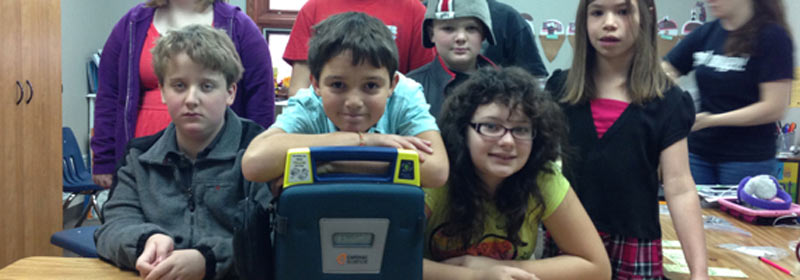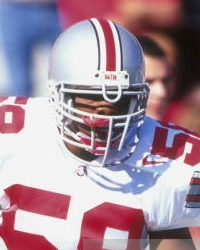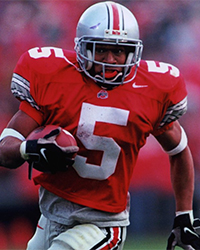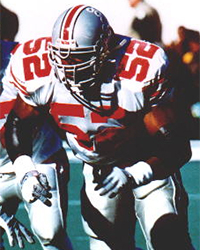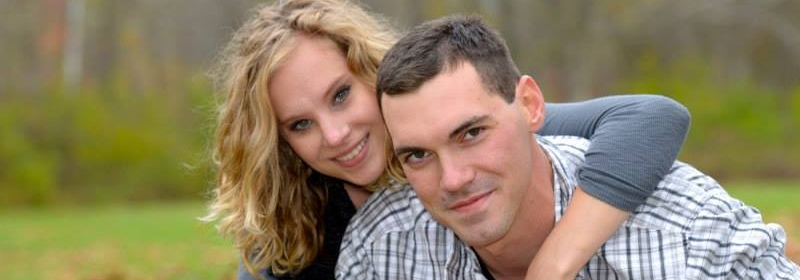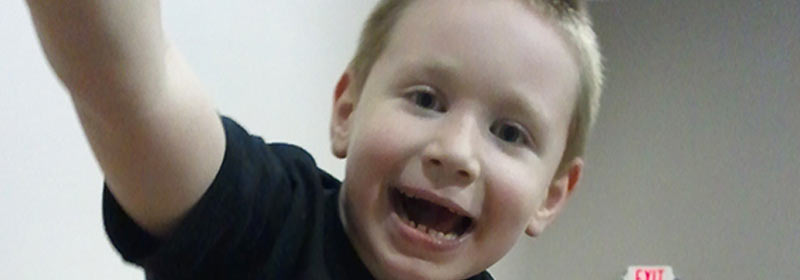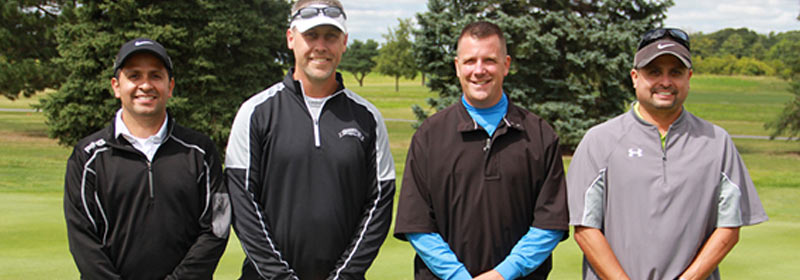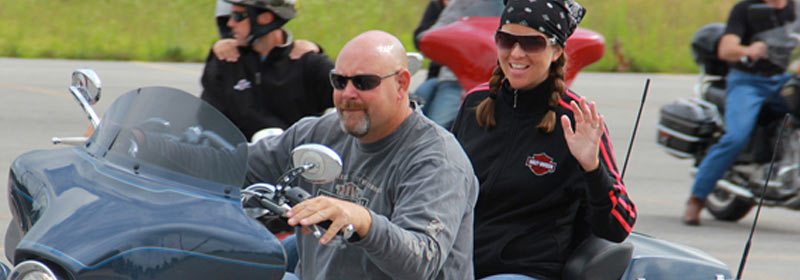Article published December 2013 by the Healthy Living News
A steel foundry used to sit at the corner of Leggett Street and Lawrence Avenue in Wauseon, Ohio. Since 2004, the property has seen a revival—in the form of a center that, appropriately, gives new life and hope to persons living with a variety of medical conditions, from multiple sclerosis to sports injuries.
Sara’s Garden was opened in 2005 to honor the life of Sara Joy Rychener Burkholder. She died in 2002, shortly after giving birth to her first child, Jackson. At the time of the emergency caesarean delivery, Jackson suffered oxygen deprivation. He was later diagnosed with cerebral palsy. So, in addition to grieving the death of Jackson’s mother, family members were faced with the task of finding help for young Jackson’s condition.
Sara’s husband and her parents and in-laws had learned about the possible benefits of hyperbaric oxygen therapy (HBOT) for CP patients. They found a clinic in Detroit that would provide it and made the trip 30 times before the clinic merged with another facility that would not offer HBOT for such conditions. They traveled to another clinic in North Carolina, staying there for a month, and then heard of a clinic in Cleveland that offered conductive education. They decided to commit to the program there and drove to Cleveland and back four days per week for 18 months, determined to help Jackson.
It was during the first trip to Detroit that the idea of establishing an HBOT center closer to their home first took seed. After the trip to North Carolina, the vision to make similar situations easier for other families by providing helpful services all in one location became a certainty.
Sara’s Garden was born and currently offers autism intervention, sensory integration, and conductive education in their New Horizon Academy, in addition to HBOT. A playground suitable for children with CP is in the planning stages, and Jackson’s House, about a mile from the Center, provides a home away from home for parents who need a place to stay while their child is receiving treatments.
A very prominent feature of Sara’s Garden is the purple hyperbaric chamber, a long tube equipped with fold-up seating along the sides and a TV at one end. It sits next to a control panel reminiscent of a space station, and portholes allow operators to watch what is happening in the submarine-like interior where a nurse keeps tabs on patients in treatment.
CEO Matt Rychener, Sara’s brother, explains how the chamber works: “The body’s cells need oxygen to function. Normally, at 1 atmosphere of pressure, we breathe air that contains 80% nitrogen, along with various other gases, and 20% oxygen. We can put a patient into the chamber and increase the pressure to 1.5 or more atmospheres. With that pressure and a higher concentration of oxygen, the blood and fluids, like plasma, receive the oxygen in an abundance that can be 150-250% greater than at sea level. The extra oxygen can reach damaged areas and help tissues to heal faster. It really can be an effective treatment for acute and chronic damaged tissue.”
The patient in the chamber experiences no feeling of that increased pressure, but might have the sensation of “popping” ears, much like a person in an airplane as it takes off or lands. Gum chewing or swallowing helps manage those sensations, and a nurse is on hand to offer assistance.
Once the correct pressure is reached, the patient is fitted with a collar attached to oxygen and exhaust hoses. A plastic hood is attached to the collar and sealed, and the patient breathes in the 100% oxygen. The treatment typically lasts for 60-90 minutes, during which time the patient can read, watch TV, talk to the nurse, or even sleep. At the end of the treatment, the pressure is slowly returned to normal. The hood is removed, and the patient is able to leave the chamber. Depending on the diagnosis, a patient may return for a second treatment the same day but always with a specific interval between times in the chamber.
Rychener notes that there are usually no immediate miraculous results after just one treatment. In fact, the best results happen when the patient makes a commitment to have the treatment several times a week. He says, “We make certain patients know that once a week is not enough. The more exposure to the oxygen, the better, so several treatments each week is recommended. Patients aren’t required to do a certain number of treatments, and we find they know when they want to stop. We sometimes don’t see changes on the outside, but the patient knows when she feels a positive change. Some live out of town but come back when they are on vacation; some get the relief they need (as with sports injuries) and don’t have to come back. We are here when and if they need us.”
One such patient is Tracy Gerken. She has multiple sclerosis and undergoes two treatments each day. After 20 treatments, she is finding it easier to get into and out of her car and less problematic to use the bathroom, and she credits the HBOT with her improvement. “The color in my feet is so much better,” she reports. Pointing to her shoes, she adds, “My feet were always too swollen to wear these shoes, but I can wear them now. And, I am happy to say I was able to dance with my husband for our anniversary. I didn’t make it through the whole song, but I didn’t think I could have done it at all without the HBOT.”
Matt Rychener is pleased that Sara’s Garden can offer the HBOT services at a price much lower than hospitals charge. He expresses some frustration that U.S. medical professionals aren’t as familiar with HBOT as their European counterparts but hopes medical students will soon have the treatment included in their curricula. “In Europe, HBOT is often the first treatment a doctor will recommend. Members of the medical community there know that it can help build new nerves and blood vessels, as well as reduce swelling and inflammation. HBOT can be very helpful in treating stroke victims, wounds that don’t seem to heal, arthritis, MS, CP, Lyme disease, traumatic brain injuries, seizures, even cancer. And there is plenty of evidence that sports injuries seem to heal faster with this therapy.”
Many parents take advantage of the conductive education offered at Sara’s Garden. It is a system of working with children with large or small motor dysfunction or problems with communication. The system was pioneered by a Hungarian physician, Dr. Andras Peto, who believed that damage to the central nervous system, which causes such dysfunctions, can be overcome by using specialized learning strategies and that the central nervous system can access other previously unused neural connections. Teachers (or conductors) trained in Peto’s method provide structured and consistent daily routines that focus on the development of gross and fine motor skills, balance, coordination, and self-care skills, such as hand-washing, self-washing, and self-feeding through small receptive tasks that can be later combined to make greater tasks. At the same time, group activities help the children work toward cognitive, social, emotional, and speech/language development together.
The Center offers a variety of strategies for teaching children on the autism spectrum. Applied behavior analysis teachers observe the autistic person and provide information on missing skills. The teachers use concise instructions and a reward system. The TEACCH teaching method provides an organized school environment with a strict schedule, visual teaching methods, and short, clear instructions. A sensory integration component helps autistic children with repetitive behavior or sensory issues, and many children report liking the multi-sensory room, which features a soft play area, interactive equipment that makes changes to the environment using sound and lighting, and a large swing with multiple “sitting” styles to suit each client’s needs.
Although the cost of services is much lower than in hospitals, many insurance companies will not cover the cost of the treatments. There are still many families who cannot afford to pay but receive benefit from the generosity of friends and supporters of Sara’s Garden. Fundraising activities this year have included a golf tournament, a tailgate party, and, scheduled for December 14, a “Jingle Bell Jog” 5K marathon in cooperation with the Wauseon Parks and Recreation Department.
Matt Rychener welcomes inquiries about the programs at Sara’s Garden at 419-335-7272. He reminds would-be clients, “We are the only non-profit facility in all of North America to offer specialized, comprehensive hyperbaric oxygen therapy, conductive education, autism intervention, and sensory integration services. Even though we are located in Wauseon, Ohio, our licensed professionals serve those from neighboring communities, counties, and states through programs that are not offered in conjunction elsewhere. Sara’s Garden has treated clients from as far away as Oregon and Washington in the Great Northwest, California and Arizona in the West, to Alabama and Louisiana in the South, to Maine and New York City in the East, as well as Canada. What started out as a facility that treated only children with cerebral palsy, has grown to include clients of all ages and conditions . . . such as ALS, autism, burns, cancer, cerebral palsy, Lyme disease, migraine, multiple sclerosis, RSD, seizure disorders, sports injury, stroke, traumatic brain injury, and wound healing.”
Written by Christine A. Holliday


